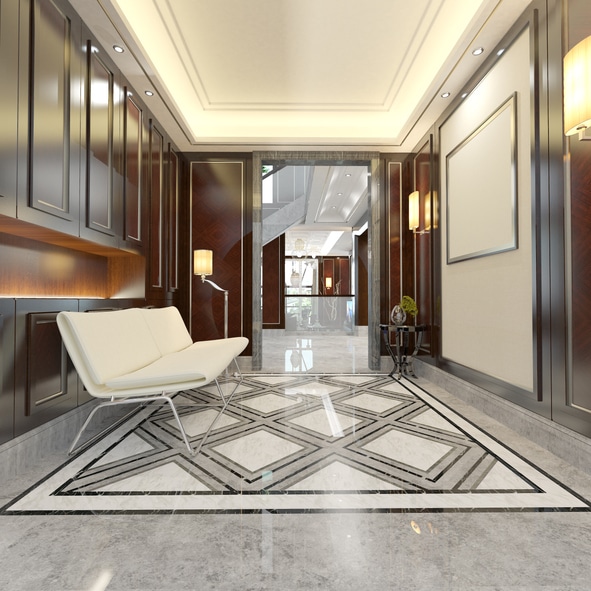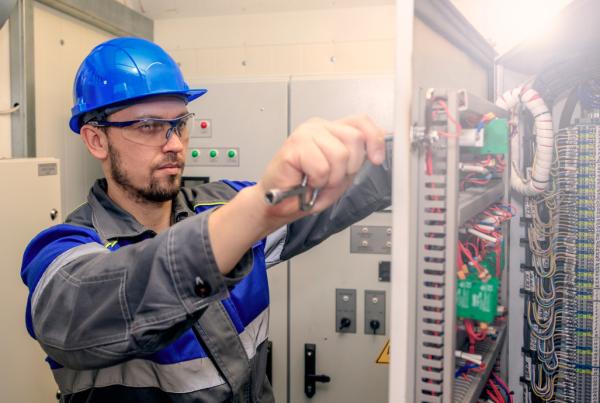About a decade ago, the idea of integrating sensory technology in commercial and residential properties was nothing short of magical. However, this magic faded away quickly as the sensors started malfunctioning or the lights turned off automatically after a few minutes.
The technology adoption dropped, but even then, occupancy sensors were still being integrated. Electrical contractors reported over 110,000 sensors being installed within 15 months.
Over time, the need for energy efficiency grew, and incandescent lights were replaced by fluorescents, which were replaced by LED lights for residential and commercial use. For commercial buildings, energy standards also started including the need for occupancy sensors initially. However, with the introduction of LEDs into the market, standards started combining the sensors with LED lights.
LED technology deployment has brought forth several benefits. Let’s discuss some of these advanced LED lighting control technologies in detail.
Advantages of The Combination of Advanced Lighting Controls & LED
There are four major benefits that the amalgamation of these two technologies brought forth.
- Better integration of sensors. The whole electrical system could be retrofitted to be controlled with fixtures and fittings, thus creating a more stable sensory environment
- Room-based controls. All the lights within a room can be connected with a range of different sensors. If any one of the sensors senses occupants, the relevant LED lights can remain on.
- LED lights can be programmed to go dim or get brighter, based on need.
- Advanced LED technology includes integrating wireless connectivity with it as well. Mobile apps can indicate if a light has been left on or not and can be turned off and programmed remotely.
Key Lighting Control Strategies for Commercial Areas
Three strategies that electrical contractors in Utah adopt with advanced LED technology include:
- Time scheduling. Even after a space is empty, it takes a set time for the lights to turn off. There can also be a warning signal that indicates the lights are about to go off
- High-end task tuning. The lighting system can be adjusted with respect to the task being performed in the area
- Daylight harvesting. LED lights consume less energy normally. But by integrating commercial solar panels, the system can be even more efficient. As the external luminosity increases or decreases, the lighting system can also dim and brighten to meet those conditions on its own.
If your facility needs a lighting upgrade, whether it’s shifting the type of lights used, or further ensuring energy efficiency; or having your commercial building evaluated and rewired, give Skyline Electric a call. We are among the most trusted electrical contractors in Utah for commercial and industrial electrical service and repair. Get in contact with us today, and let’s discuss your project in detail!




